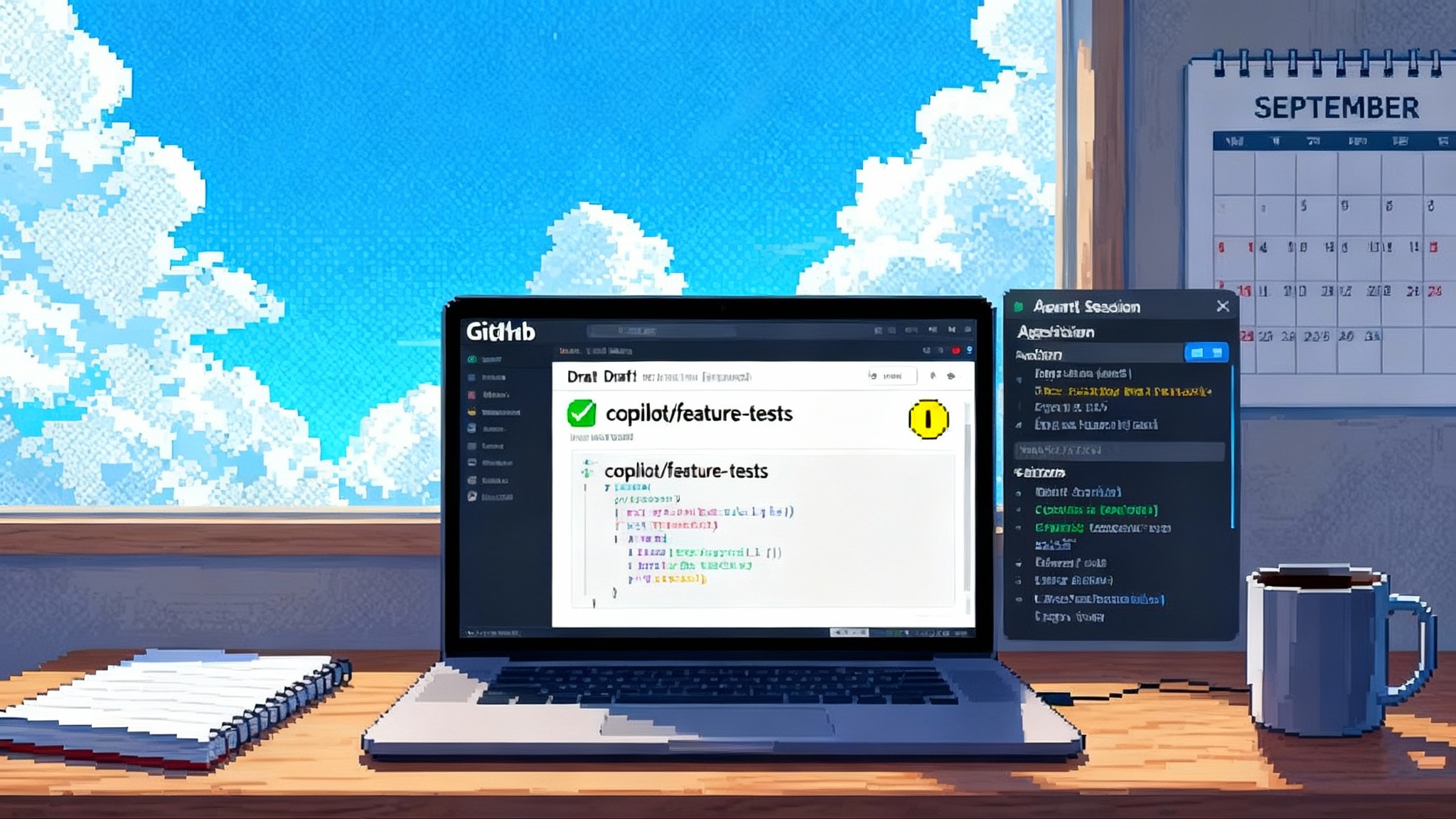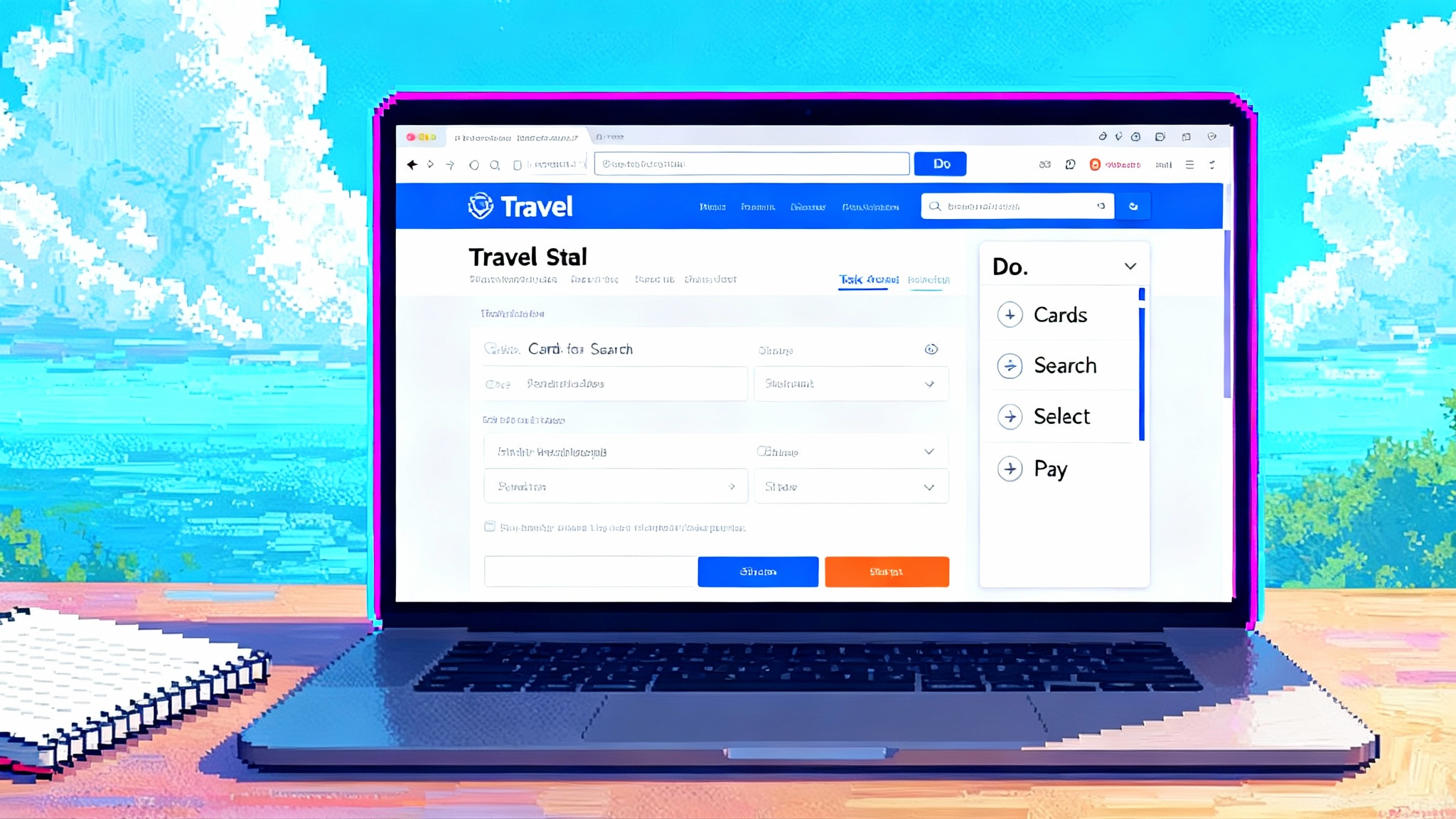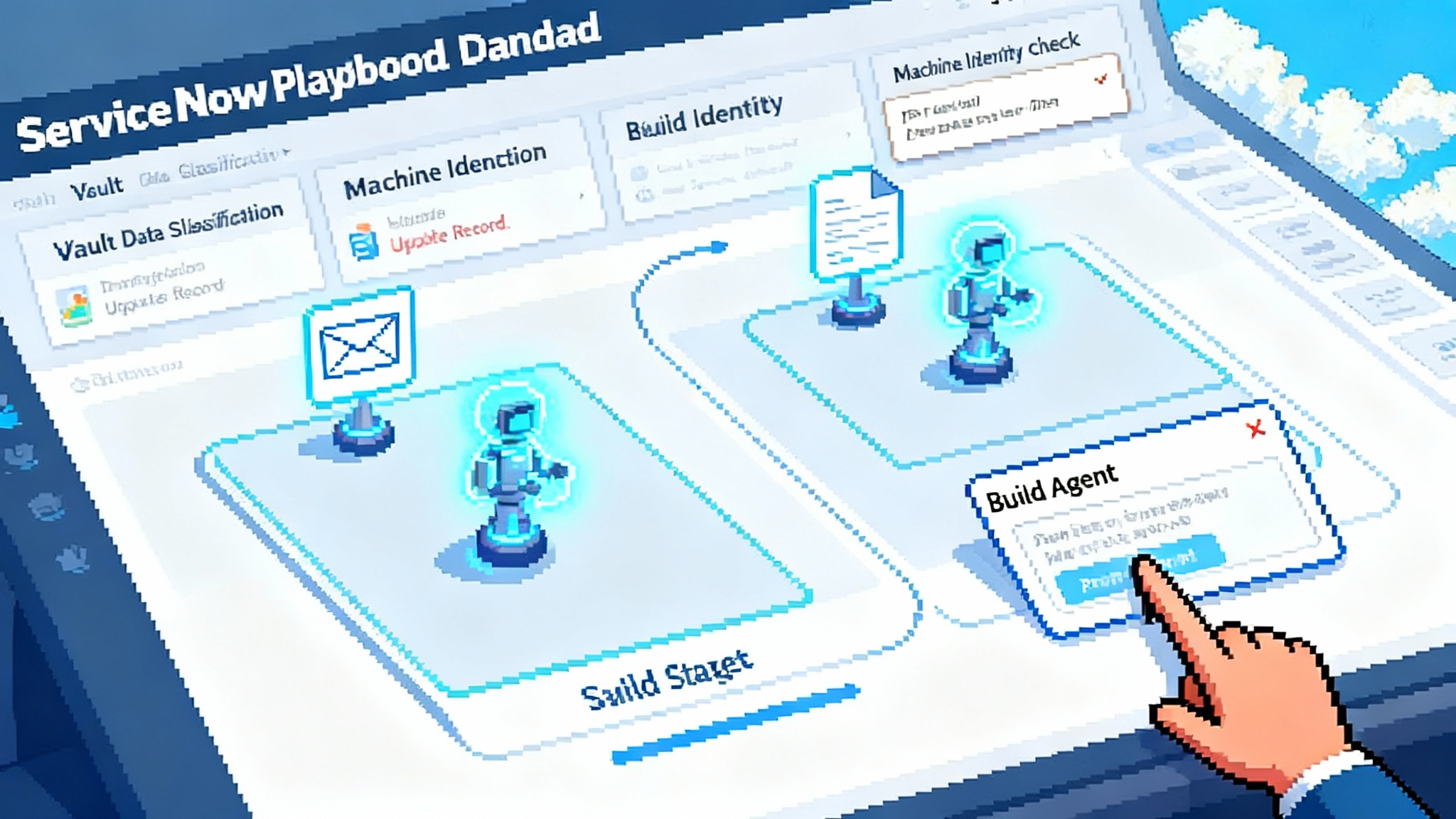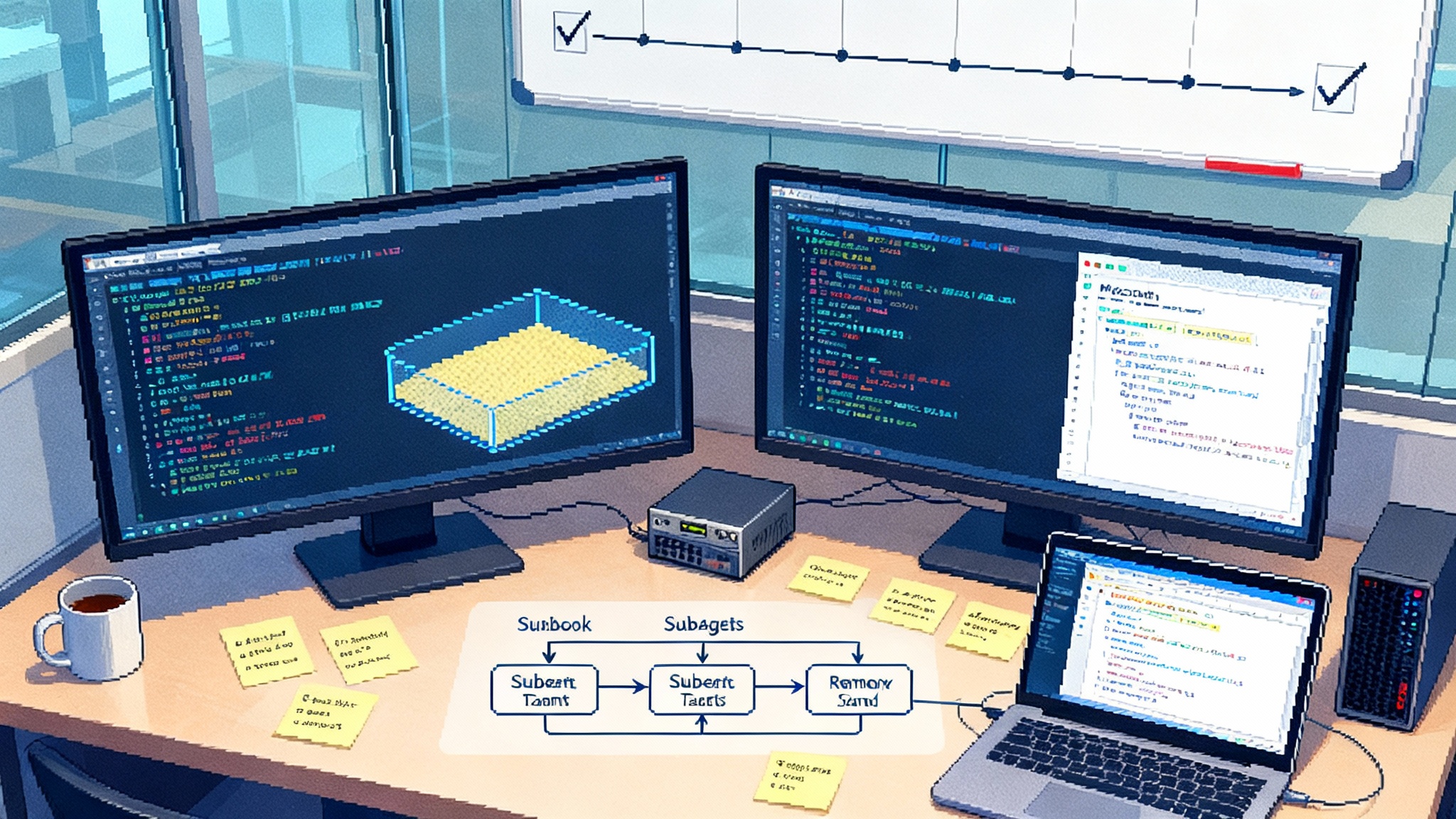HubSpot’s Breeze Marketplace Turns AI Agents Into Teammates
HubSpot’s new Breeze Marketplace and Studio put AI agents on a real shelf as installable teammates for sales, marketing, and support. See how CRM context, native guardrails, and clear billing could change day-to-day work.
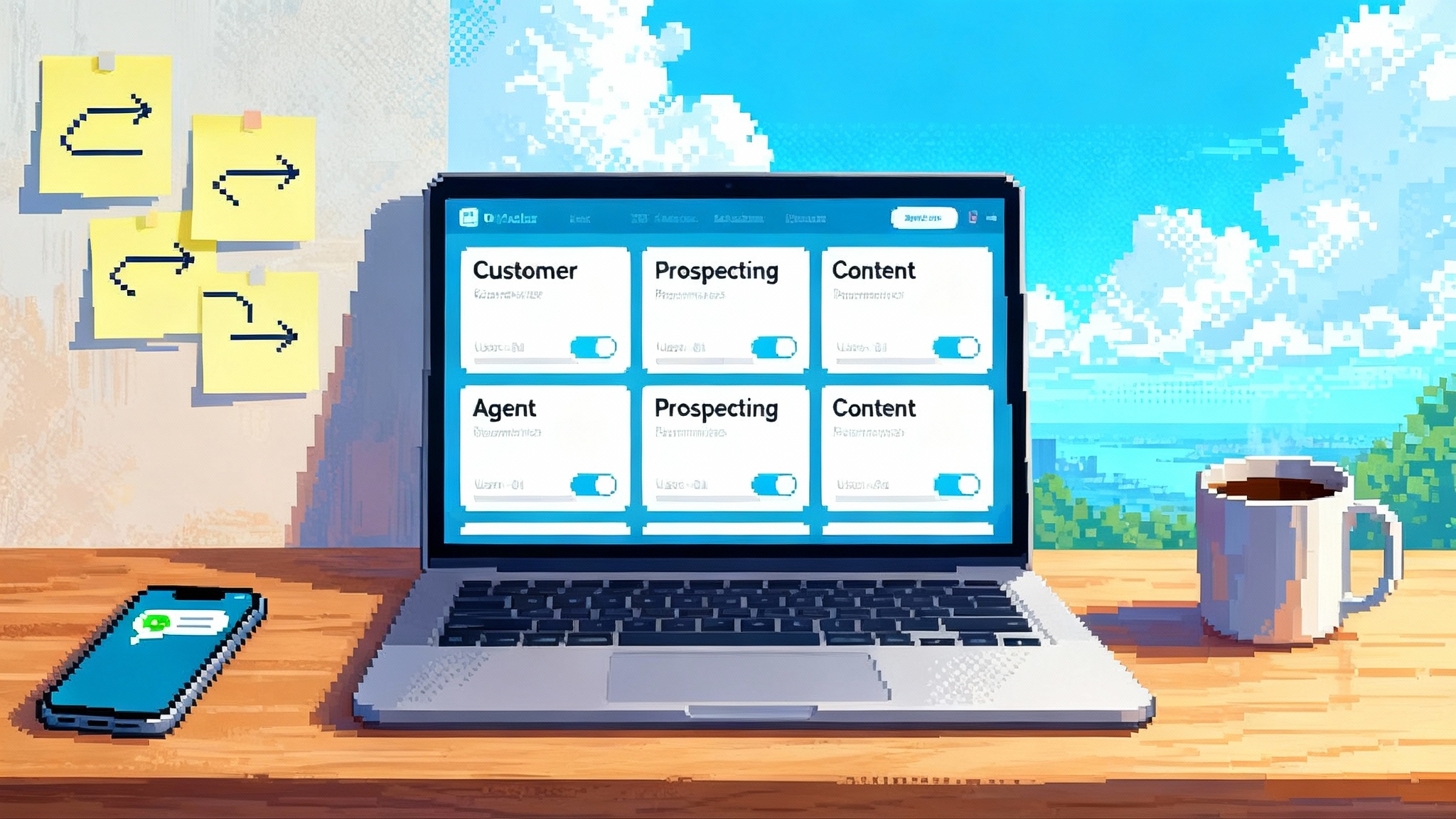
Breaking: installable teammates go mainstream
HubSpot just moved AI agents from slideware to software you can actually install. In its Fall 2025 Spotlight, the company introduced Breeze Marketplace and Breeze Studio, positioning them as a go-to-market native system for discovering, customizing, and deploying AI agents that work with your customer data out of the box. For the full slate of features and the launch intent, read HubSpot’s Fall 2025 Spotlight announcement.
If you have ever tried to make an agent genuinely useful in a real pipeline or support queue, you know the pain. You stitch together a model, a prompt, a few actions, several connectors, and a manual playbook for the human who is supposed to supervise it. The result often feels like a smart intern who needs constant hand-holding. HubSpot is making a clear bet that distribution, context, and governance belong at the platform layer, not as one-off efforts in every individual build.
The promise is simple: discover a job-ready agent, link it to the CRM, set guardrails, and watch it produce outcomes worth paying for.
Why a go-to-market native marketplace matters
Breeze Marketplace is not a generic bot directory. It is a channel for agents born inside the motions of sales, marketing, and service. That distinction matters for three reasons.
-
Unified customer context is the engine. Agents get first-class access to contact, company, deal, ticket, product, and content objects with the same semantics your team uses every day. When an agent drafts a campaign segment or recommends an upsell, it can reference lifecycle stages, recent interactions, and account ownership without a web of brittle connectors. In practice, that reduces the “hallucinate or escalate” problem and turns more interactions into outcomes.
-
Guardrails are native, not afterthoughts. Rights, roles, scopes, and audit live alongside the agent. A support agent cannot touch closed-won deals unless you grant it. An outbound agent cannot email everyone unless the policy allows it. Sensitive access is logged and reviewable. Policies travel with the agent across surfaces like inbox, web chat, sequences, and workflow actions.
-
Monetization rails make the ecosystem sustainable. Vendors need packaging, metering, and billing primitives. Customers need predictable costs and simple procurement. A marketplace that handles licensing and usage credits lets both sides focus on value. Expect a mix of per-seat licensing for human-facing surfaces and usage-based credits for background workloads. This is what separates an experiment from a durable channel.
Think of it like the shift from custom websites to phone app stores. Stores handled discovery, payments, and updates, and the operating system handled identity, permissions, and data. Breeze aims to be that operating system for go-to-market work.
Context beats prompts in a CRM-first design
Prompts without data are like drivers without a dashboard. A sales development agent that does not know which contacts are in sequence, which accounts are in territory, or which competitors have been detected will either ask a human for help or make something up. A CRM-first marketplace solves that by wiring each agent to the same Smart CRM backbone your reps and marketers use.
Concrete example: a support agent triaging a shipping delay can pull the customer’s last three tickets, the order’s fulfillment status, the account’s renewal date, and the service level agreement clock. It can then choose the correct policy template, draft a make-good email in your brand voice, and log the interaction to the ticket with accurate dispositions. No swivel chair, no data scraping, fewer retries.
For marketing, an audience-building agent can combine behavioral events, lifecycle stages, and consent flags to assemble a campaign list that respects regional rules. For sales, a prospecting agent can generate a daily hit list by combining intent signals, account fit, and ownership rules while auto-enriching fields the rep usually forgets. The result is less prompting and more producing.
Guardrails that turn autonomy into reliability
Autonomy is not the goal; trustworthy output is. The difference is guardrails. In a marketplace, guardrails need to be productized and easy to reason about.
- Policy as configuration. Administrators set the maximum scope an agent may ever request. For example, a Prospecting Agent can view accounts in a territory but cannot change deal stages. A Customer Agent can issue credits up to a dollar limit.
- Identity mapping. Every execution runs under a service identity that maps to CRM permissions, producing coherent audit logs and consistent access checks.
- Human-in-the-loop surfaces. Approval queues for actions that carry risk, such as price overrides or refunds. The right product surfaces the approval next to the work, not in a separate tool.
- Data minimization. Agents should fetch only the columns needed for the task. Minimizing the payload reduces both risk and compute cost.
- Audit and rollback. Every meaningful action should be reconstructible and reversible where possible. That means structured logs, change history, and a rollback path for content and records.
When the guardrails live in the marketplace and studio, you avoid bespoke hacks in every vendor product and every internal build. You buy reliability the same way you buy functionality.
Monetization rails and a smarter model for cost
Agents are not dashboards; they do work. That work has variable cost. Vendors and customers both need rails that map value to spend.
- Packaging primitives. Seat-based access for human tools, plus usage units for agent actions, such as conversations resolved, records enriched, or messages sent.
- Budget enforcement. Per-agent and per-team limits so a runaway workflow cannot turn into a surprise bill. Alerting at thresholds lets admins respond before overages hit.
- Transparent metering. A usage ledger that explains where credits went, with drill-down by agent, team, and task.
- Trials that reflect reality. Time-limited trials are less helpful than action-limited trials. Let teams resolve the first 200 tickets or send the first 5,000 prospecting touches, then decide.
The marketplace’s job is to make these rails standard so independent software vendors can focus on outcomes and customers can predict return on investment. Vendors that show clear unit economics will outperform those that hide usage in bundles.
Marketplace mechanics: distribution, identity, and lifecycle
Distribution shifts when the app is a teammate. Here is what changes.
- Listing anatomy. Replace feature bullet points with job descriptions. Spell out what the agent does, the data it needs, the risks it carries, and the policies it honors. Screenshots should show approval prompts and audit trails, not just happy-path outcomes.
- Identity and permissions. Each installed agent gets a service identity, scopes, and a default role. Administrators can assign it to teams or pipelines, just like a user. Actions inherit that role unless a policy escalates with human approval.
- Lifecycle management. Treat agents like employees. Draft in a sandbox, pilot with a small team, promote to production, instrument with metrics, and offboard when obsolete. Versioning matters, with channels like Stable, Beta, and Canary so you can control update risk.
- Multisurface presence. The same agent may appear in inbox, mobile, browser extension, and in workflow actions. The marketplace must present surfaces explicitly and allow admins to toggle them.
- Security review and update cadence. Marketplace-mandated security checks, dependency lists, and minimum update frequency are table stakes. Customers should be able to pin a version for a quarter, then review release notes before moving forward.
What launches now: the Breeze stack in practice
The Fall 2025 drop includes the Marketplace catalog, Breeze Studio for customization, and a growing roster of HubSpot-built agents and assistants across marketing, sales, and service. HubSpot’s deep dive confirms that Marketplace and Studio are designed to help teams discover, tailor, and deploy agents, with public beta aligned to the INBOUND 2025 window. For details on Studio configuration and agent types, see HubSpot’s guide to Build your AI team with Breeze.
Studio is where the work becomes your work. You can upload brand guidelines and playbooks, define process steps, set objective functions, and wire in the approvals that match your company policy. Marketplace is where you find job-ready listings, from Customer Agent to Prospecting Agent to Content Agent, that already understand HubSpot objects and can be tuned with a few fields instead of a weekend of prompt surgery.
Two details hint at the broader direction. First, Breeze Assistant and custom assistants extend the model from fully autonomous workers to copilots that sit beside your reps, with memory, file handling, and connections to tools like Google Workspace and Slack. Second, HubSpot is starting to ship connective tissue such as a Gemini connector that brings your HubSpot context into adjacent ecosystems and routes output back to CRM records. The signal is clear: the agent is only as good as the context you let it touch.
Q4 2025 checklists you can run now
You do not need a multi-year transformation plan to start. You need a quarter.
For SMB leaders and admins
- Choose one outcome per function. Support: increase first contact resolution by 15 percent. Sales: add 10 percent more qualified pipeline. Marketing: raise campaign reply rate by 20 percent. Tie every agent to one outcome.
- Run a data readiness check. Verify contact deduplication, lifecycle stage hygiene, ticket categories, and owner mappings. Agents cannot clean your data and hit your targets at the same time.
- Establish a policy matrix. For each agent, define maximum scope, approval thresholds, and who approves. Document refund caps, discount caps, and outreach frequency caps.
- Start in a sandbox. Install agents in a non-production portal or workspace. Feed them redacted records and synthetic cases. Practice approvals and rollbacks.
- Wire telemetry before rollout. Track tasks attempted, tasks completed, human approvals, human edits, and rework rate. Create a weekly review ritual.
- Set budget limits per agent. Enforce monthly caps and alerts at 50, 80, and 100 percent consumption. Cap concurrency for agents that call external systems.
- Train by doing. Shadow a rep for one hour, then replace the repetitive steps with the agent. Produce a one-page runbook per role.
- Pilot with the right cohort. Pick one product line, one region, or one segment where the data is clean and the team is engaged. Announce the pilot dates and the exit criteria up front.
- Freeze scope for two weeks. Resist the urge to tweak prompts daily. Let the data tell you what to change.
- Close the loop to CRM. Make sure every agent logs activities, updates fields, and links artifacts so reporting stays whole.
For independent software vendors building on Breeze
- Design the job, not the demo. Write a clear job story: when this event occurs, the agent takes this action to achieve this outcome, with these risks and approvals.
- Package for predictable value. Offer a seat add-on for the surfaces where humans interact, plus clear usage units for background work. Publish a usage estimator in your listing.
- Define scopes narrowly. Request only the objects and fields your agent truly needs. Offer an enhanced scope mode behind a feature flag.
- Build the approval ladder. Support policy-based approvals for actions that change money, privacy state, or customer experience. Make the queue visible inside HubSpot surfaces.
- Instrument like a product, not a project. Emit structured events for attempts, successes, failures, time-to-complete, and human edits. Provide a dashboard and an export.
- Optimize for clean installs. Zero required custom code, sensible defaults, and a five-minute time to first outcome. Include a sample dataset for sandboxes.
- Document failure modes. Tell admins what happens when an integration is down, a scope is missing, or a quota is hit. Offer clear fallbacks.
- Support identity mapping. Use service identities and honor team assignments so customers can restrict your agent to the right territory or inbox.
- Publish a quarterly cadence. Ship at least one stability release and one capability release per quarter, with a short, plain-language changelog.
- Offer an offboarding path. Provide a one-click disable, a data export, and a state cleanup routine.
Governance you can explain to the board
You will get questions about risk. Answer them with specifics.
- Data boundaries. Agents only see the records they need, and they never export personal data without a policy. Access is logged and reviewed weekly.
- Human override. Every action that touches price, credit, or legal risk requires approval. Approvers are accountable leaders, not the agent’s creator.
- Vendor accountability. Only install agents with clear security attestations, known dependencies, and a published support policy.
- Incident response. A standard procedure exists for disabling agents, revoking scopes, and restoring state. Tabletop it once per quarter.
Metrics that matter
Make the scoreboard boring and factual so debate focuses on outcomes.
- Support. First contact resolution rate, average handle time, deflection rate, and customer satisfaction score. Track agent-only, human-only, and hybrid paths separately.
- Sales. Meetings booked per rep per week, qualified pipeline created, average time to first touch, sequence reply rate, and no-show reduction.
- Marketing. Audience build time, opt-out rate, response rate, cost per qualified lead, and revenue attribution to assisted touches.
- Cost. Cost per assisted action, cost per resolved ticket, and unit cost relative to human-only baselines.
How this fits the competitive landscape
Breeze is arriving as other platform players converge on similar patterns. That context matters for teams choosing where to place bets.
- Large CRM and productivity platforms are leaning into native guardrails, identity-aware permissions, and marketplace billing. Salesforce’s direction with Agentforce 3 tipping point shows how deeply integrated agents change enterprise workflows when they sit inside core systems.
- Cloud providers are building the operations layer for production agents. AWS’s investments echo in our coverage of the AWS AgentCore operations layer, where deployment, observability, and safety policies formalize what used to be ad hoc scripting.
- Security is becoming a selling point, not a checkbox. Microsoft’s approach with a curated security catalog foreshadows what a controls-first marketplace can look like, as explored in our take on the Microsoft Security Store model.
The advantage will go to teams that ship reliable outcomes with low integration tax and clear unit economics. Buyers will reward vendors who can live inside existing governance and prove value in weeks, not quarters.
What to watch next
- Cross-ecosystem agents. Connectors that safely move context between ecosystems will turn agents into true teammates that travel with the work.
- Agent-to-agent collaboration. Handoffs between prospecting, content, and success agents will create compound outcomes. Expect shared objectives and shared budgets.
- Standardized approvals. A common approval grammar will let admins set one policy that applies across listings. That will reduce risk and speed adoption.
- Better simulations. Pre-production sandboxes will get richer, with synthetic data and replays of historical cases so teams can test without fear.
- Objective functions in the UI. Expect more interfaces where admins define the success metric directly so agents can optimize for a measurable outcome rather than a vague instruction.
The bottom line
Breeze Marketplace and Studio take a simple stance. If agents are going to work for go-to-market teams, then the platform must handle distribution, context, guardrails, and money. This launch gives vendors a real channel and gives customers installable teammates that respect the way the business already works.
If you run a team, carve out one outcome and one agent, point it at clean data, wire the guardrails, and ship a pilot before the quarter ends. If you build products, package a job that earns trust on day one and proves durable unit economics by day thirty. Teammates get hired when they deliver. Agents will be no different.


